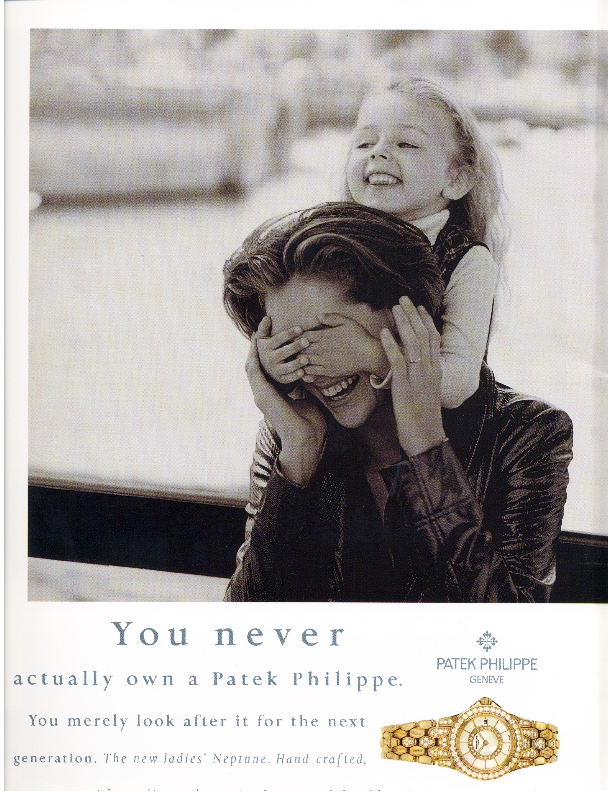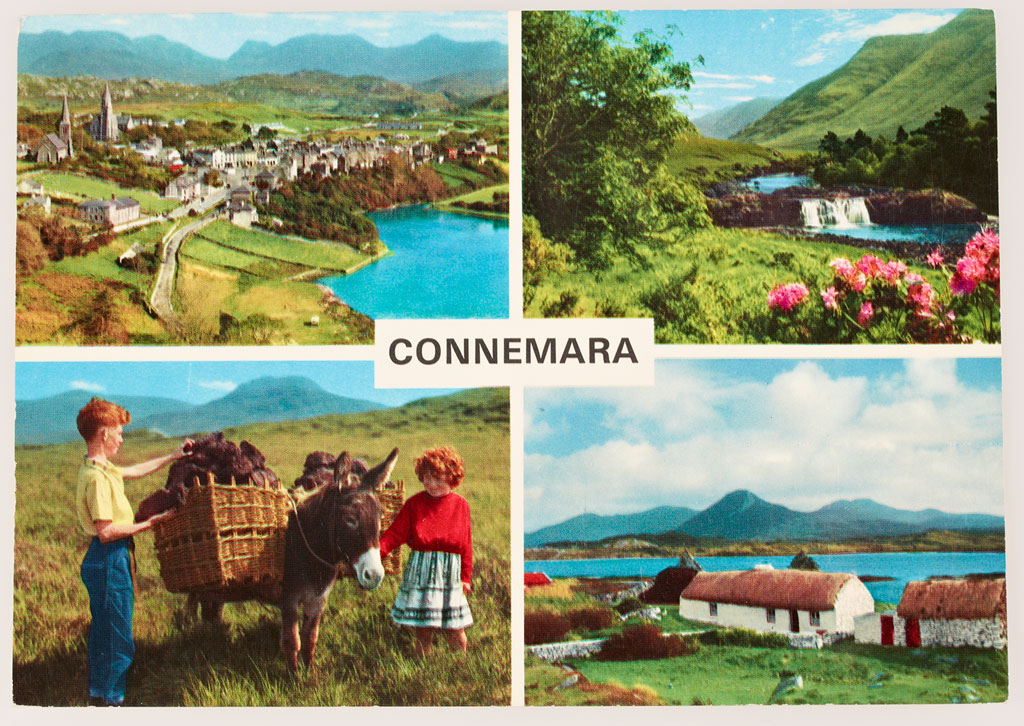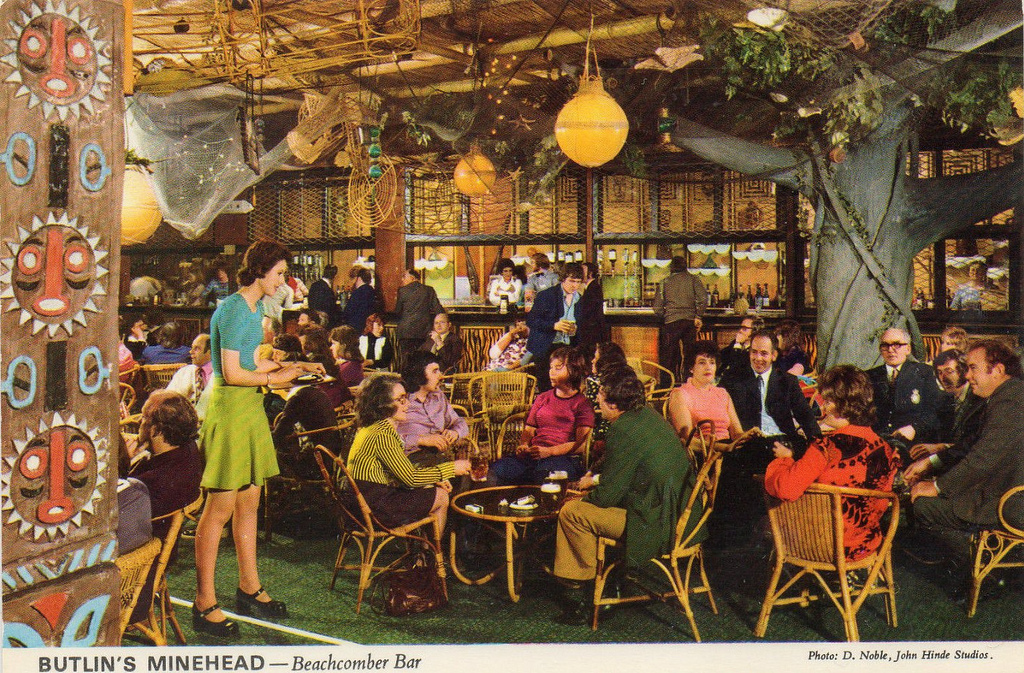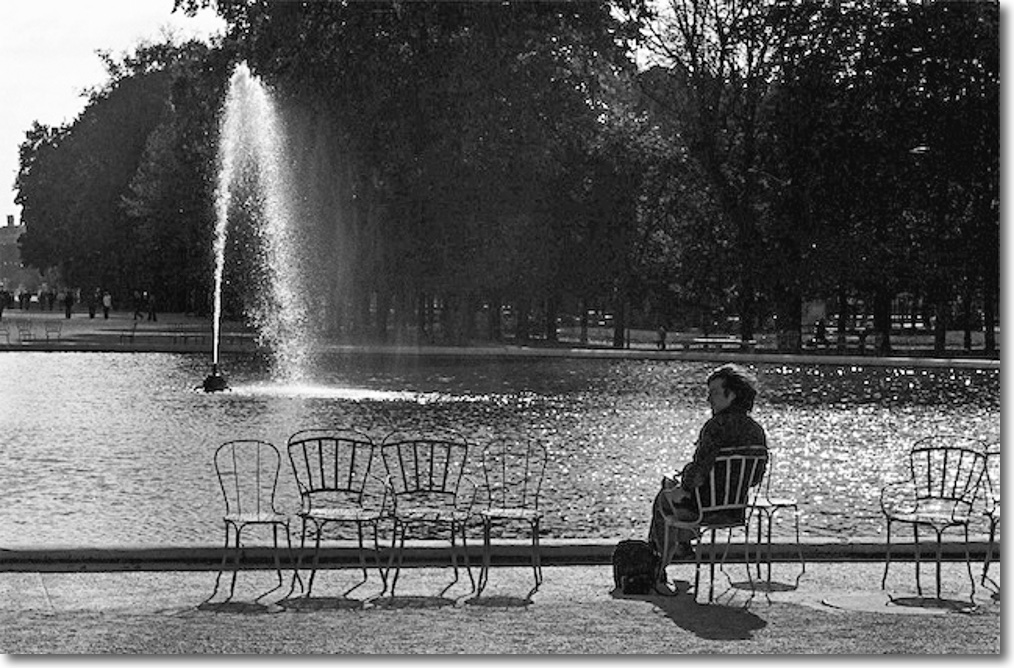One of the past century’s greatest images.
No humanist and historian can deny a sense of schadenfreude at the rapid demise of the British economy, compounded by the idiocy of Brexit. Nationalism cloaking racism, all merrily helped along by the Kremlin’s poisoned hand. When you have access to a tariff-free trade zone and are the sole EC member which can devalue its currency, what do you do? Why, quit the trade zone and zap both your economy and currency at one go.
No one should feel sorry for the British, for their empire was built on three heinous schemes, monstrous to behold even in the aftermath of WW2 Germany, Stalin and Pol Pot. Those schemes were the export of opium to China, the slave trade and colonialism. Jointly they made England the wealthiest nation on earth, controlling one quarter of the global economy and land mass. The crimes spanned nigh on three centuries.
The opium trade saw Britain wage not one but two successful wars with China to protect its franchise. The slave trade, exporting blacks from west Africa to America’s south, killed more than Auschwitz. And colonialism, a miserable euphemism for unprovoked armed invasion and theft, was the icing on the cake. Trace the provenance of the hundreds of magnificent English country homes and palaces and you will likely find funding from all three. And even Joseph Goebbels must have cast an envious eye on the propaganda which saw Britain market its empire as one conferring fair play, decency and the rule of law on conquered nations.
No. Any sense of pity for the plight of the British and their economy is misplaced. They deserve everything they are getting.
The opium trade collapsed when the Chinese realized it was cheaper to grow their own than import British.
The slave trade was abolished in 1833 by Act of Parliament which, scandalously, saw the slave owners compensated by what remains the largest UK government bond issue. Superb research by University College, London confirms that the slave owners included not just the land barons but also the local vicar and that nice little old lady on the corner.
But colonialism, with its crown jewel India, was to take far longer to defeat.
And this is where Margaret Bourke-White comes in. A Cornell graduate fascinated by documentary photography, she cut her teeth at Fortune and in 1936 was the first woman photographer at LIFE magazine. In 1941 she became the first female war correspondent on assignment in Russia during the German invasion and documented German morality at Buchenwald in 1945. This was one very resilient reporter.
Hindus and Muslims having been at one another’s throats for millennia she went on to document the violence occasioned by partition and the creation of Pakistan, but it was her image of Mahatma Gandhi at his spinning wheel in 1948 which will forever speak to her genius. She made the photograph in Gandhi’s hut just hours before his assassination.
Gandhi had set himself two seemingly impossible tasks. Breaking the armed occupation by King and Country and resolving the issues between the warring Hindu and Muslim tribes. A graduate of my alma mater University College, London, where he read law, Gandhi early on set himself the task of evicting the British from India. The catalyst which sparked his desire was the denial of a First Class seat to a brown skinned man and eviction from the train when he refused to move to Third Class. Yes, this was appropriately on the predecessor of British Rail. The British were unceremoniously kicked out of India in 1947.
Gandhi’s second goal, religious peace, was the cause of his death, one of his own Hindu caste shooting him at point blank range in protest. The Muslim-Hindu fight continues to this day over a worthless piece of land in Kashmir.
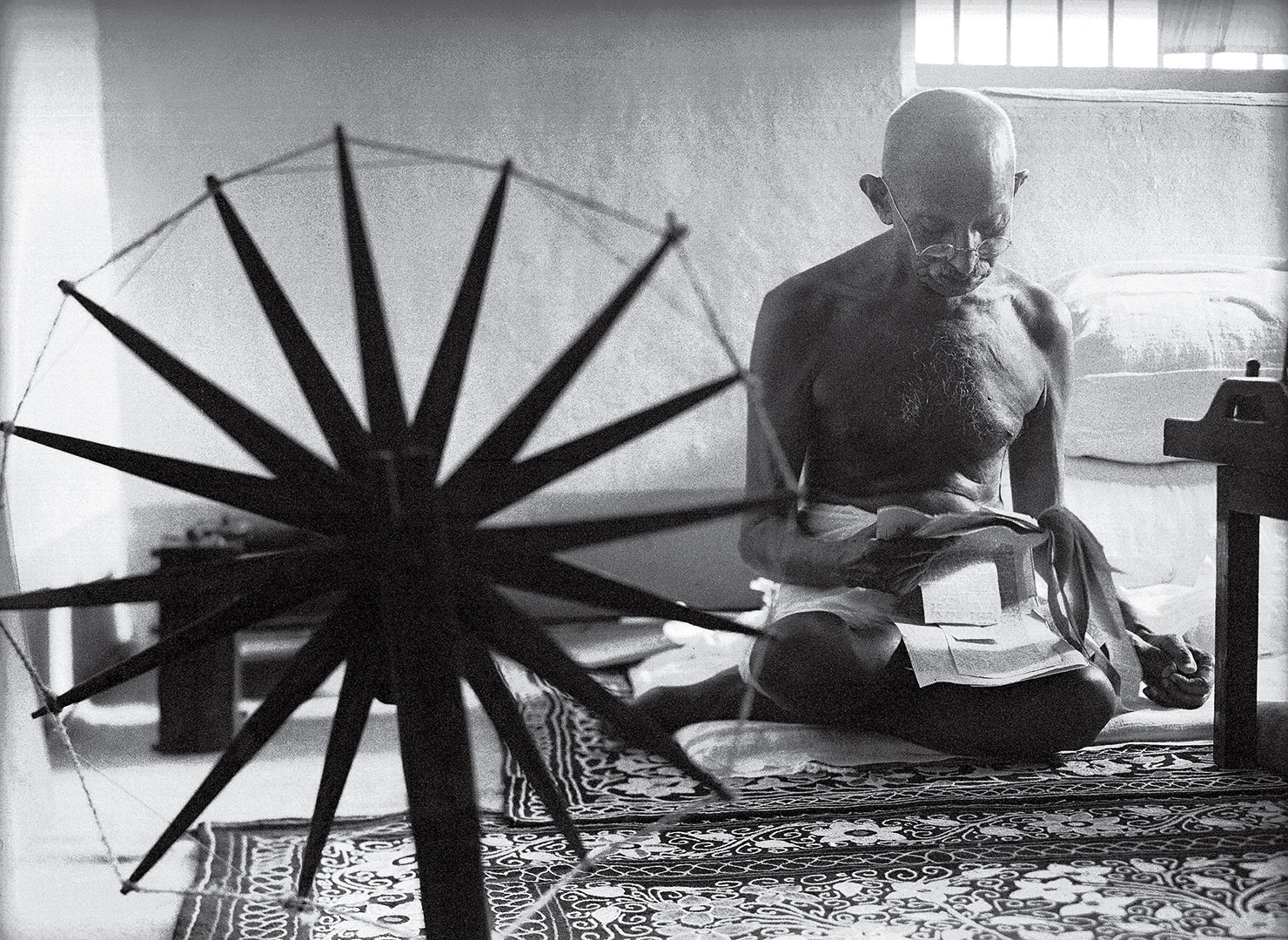
One of the greatest political images of the twentieth century.
A day later she was making her way to the Mahatma’s funeral when her bulky Crown Graphic plate camera was snatched from her hands. Mercifully, one Henri Cartier-Bresson was also on that assignment, his Leica in his pocket. He relayed back to LIFE the iconic images of the funeral though it’s amusing to relate that he did not take them. Finding himself with too low a perch amongst the vast assembly, he handed his camera up the crowd for an unknown mourner to take the snaps.
Bourke-White’s superb image lives on, a testimony to the power of the pen (and the loincloth) over the sword.
